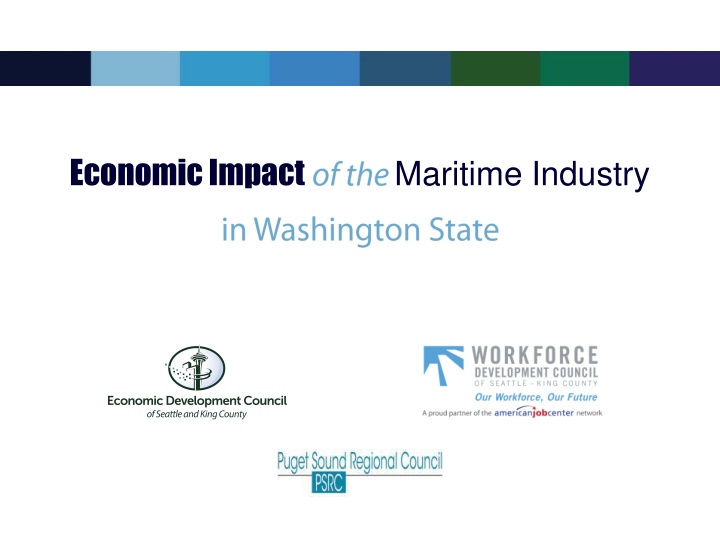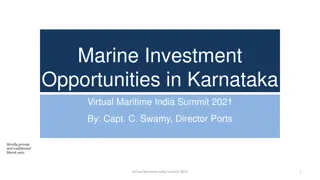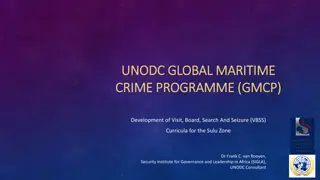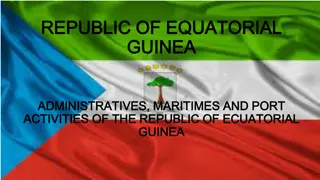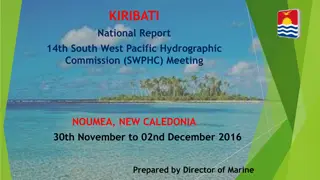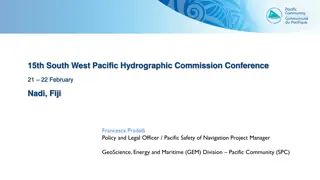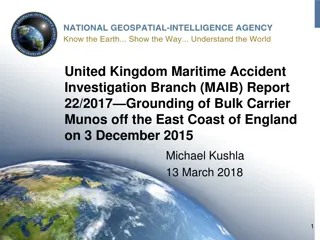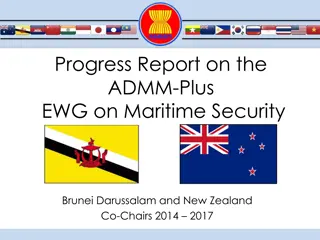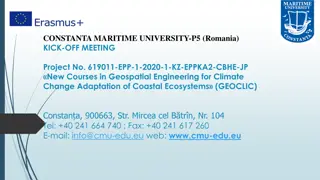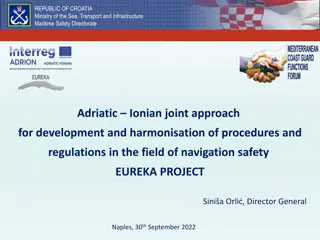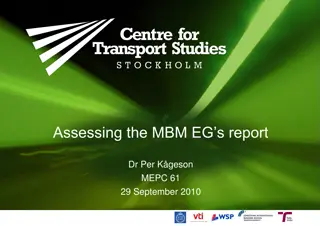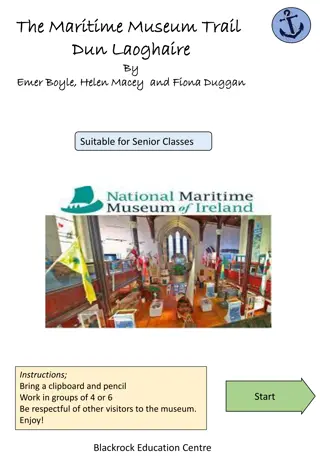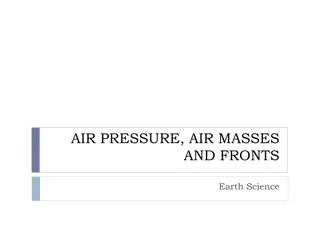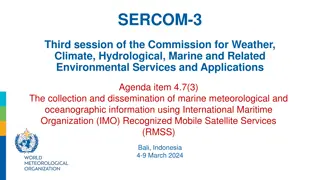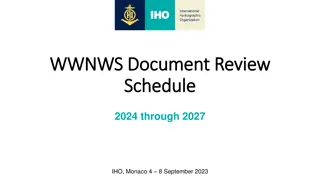Economic Impact of Washington's Maritime Industry
Washington State's maritime industry, rooted in a rich history of timber production and trade hub location, encompasses core sectors like passenger water transportation, shipbuilding, fishing, and more. With an annual economic impact of $15.2B, the industry thrives through innovation, research, and new growth opportunities, driving job creation and sustainable practices. Explore the significant contributions and promising future of Washington's maritime sector through technological advancements and proactive initiatives. For more details, download the Maritime Cluster Economic Impact Study from www.EDC-SeaKing.org/maritime-study.
Download Presentation

Please find below an Image/Link to download the presentation.
The content on the website is provided AS IS for your information and personal use only. It may not be sold, licensed, or shared on other websites without obtaining consent from the author.If you encounter any issues during the download, it is possible that the publisher has removed the file from their server.
You are allowed to download the files provided on this website for personal or commercial use, subject to the condition that they are used lawfully. All files are the property of their respective owners.
The content on the website is provided AS IS for your information and personal use only. It may not be sold, licensed, or shared on other websites without obtaining consent from the author.
E N D
Presentation Transcript
Economic Impact Maritime Industry
Washington States Maritime industry is rooted in the States rich history of timber production, its location as a trade hub, and its proximity to some of the world s most productive fisheries. The cluster includes the following core sectors: Passenger Water Transportation Ship and Boat Building, Maintenance and Repair Maritime Logistics and Shipping Fishing and Seafood Processing Maritime Support Services Companies in the cluster range from local owner-operated firms, to global Fortune 500 companies.
Annual Economic Impact in Washington $15.2B $14.8 B $30B * Additional revenue refers to indirect impacts associated with first round purchases through suppliers as well as induced impacts through labor income and additional jobs, income, and output resulting from the spending of this income in WA.
Innovation drives growth in each sector of Washingtons Maritime. Research and resource management has transformed Washington and Alaska s fisheries from endangered to some of the best managed in the world. Technological advances have allowed commercial seafood processors to more efficiently use and capitalize total catch of fish. Lighter building materials (first aluminum, now composites) have enabled boat and ship builders to construct stronger, cheaper, and safer vessels for their customers. New fuel sources, such as LNG and biofuels, are helping fleets become more fuel efficient and reduce greenhouse gas emissions.
New Opportunities for Growth Gradual replacement of commercial fishing fleet (vessels no longer tied to quota rights) Oil, natural gas, rare earth mineral exploration in the Arctic WSF fleet replacement and conversion
Download the Maritime Cluster Economic Impact Study at: www.EDC-SeaKing.org/maritime-study Contact us: Economic Development Council of Seattle and King County On the web: www.EDC-SeaKing.org Facebook: facebook.com/EDCSeattleKingCounty Twitter: @EDCseattleking
